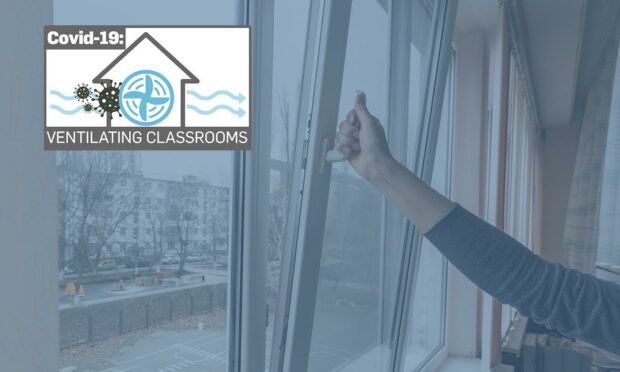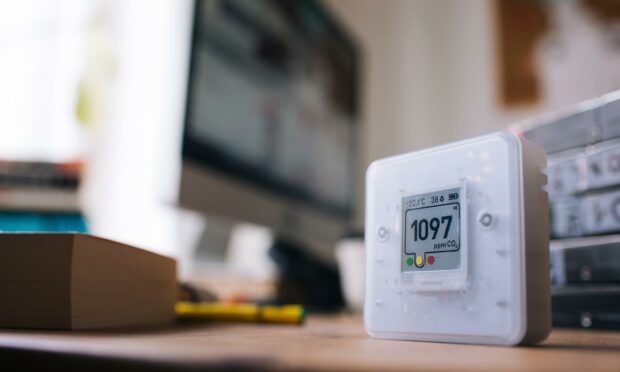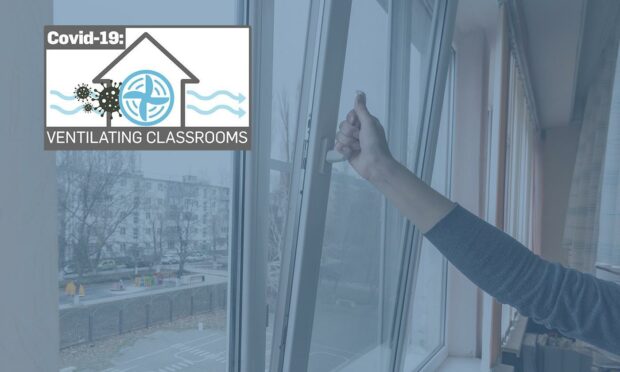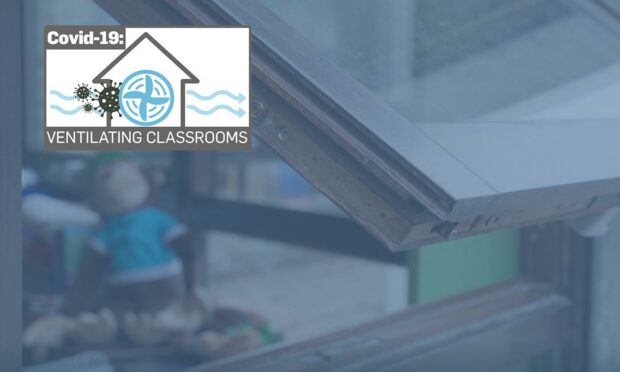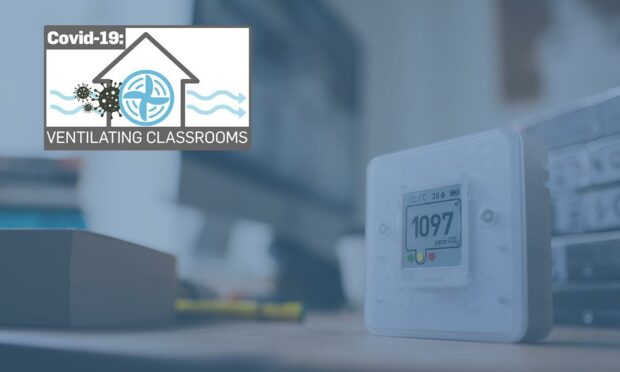Ensuring adequate ventilation of classrooms has been hailed as one of the most important measures to prevent Covid in Scottish schools.
The Scottish Government announced £10 million in August to provide CO2 monitors for every school and previously granted £90m in Covid logistics fundings to local authorities for uses including reducing risks in schools.
By the end of last term Fife Council had distributed 1,290 monitors to its schools and nurseries and says it has ordered 3,500 more to be hard-wired into classrooms before next summer. Angus Council had 1,581 devices and says it intends to provide a monitor for every classroom. Dundee City Council had 1,117 fixed and mobile monitors by the end of last term, while Perth and Kinross Council said it had 1,523 monitors in operation.
How is air quality data being used?
We asked councils in Tayside and Fife how they were using the data provided to ensure good air quality in schools to reduce the risk of Covid-19 infection, and here is what they told us.
Fife
A council spokesman said: “The new CO2 monitors we are procuring for schools are intended to provide teachers with a quick visual indication of room air quality. This will help staff determine when and how far to open windows to achieve the best balance between air quality and room temperature.
“The USB version of the monitors have a 30-day recording function, allowing us to download data if persistent air quality issues are reported in a room. This data could, for example, be used to influence the design of remedial measures required to improve the ventilation.
“The benefit of C02 monitors, both pre and during Covid, comes from the opportunity for the teacher to react to the monitor reading immediately, by ventilating. We are finding that where this takes place, this resolves the vast majority of increased CO2 levels. Where this is not successful our engineers use the data within the monitor to find a solution.”
Angus
“Our priority remains, as ever, the safety and wellbeing of our school communities,” a council spokeswoman said.
“As such, we have provided carbon dioxide (CO2) monitors in all learning spaces and have risk assessed all mechanical and natural ventilation system to develop ventilation guidance for our schools – in accordance with Scottish Government guidance. Heating times have been extended and, where necessary, mechanical systems have been adjusted.
“Our bespoke guidance includes information specific to colder weather and how to best balance the requirements of maintaining a comfortable heat within buildings and ensuring good ventilation. It includes a request to dress accordingly for what may be lower than normal indoor temperatures.
“There will be ongoing monitoring of the situation and continuous engagement with each school to ensure that should any issues arise they will be quickly and appropriately dealt with.”
Perth and Kinross
The council said: “School staff have been given relevant briefing information regarding the monitors and have been advised to report any issues to the council’s property helpdesk,” a council spokeswoman said.
“We undertook a major assessment exercise around a year ago to install additional fans, increase running times and carry out maintenance on windows to ensure ventilation improvements were in place before CO2 monitors were installed.
“In areas where CO2 monitors have identified issues, mitigation has been carried out. Additionally, we have taken steps to ensure a balanced heating and ventilation strategy is in place throughout the year.”
Dundee
The city council has been asked for further comment but previously told us that monitor data was being assessed to identify where remedial actions may be required.
